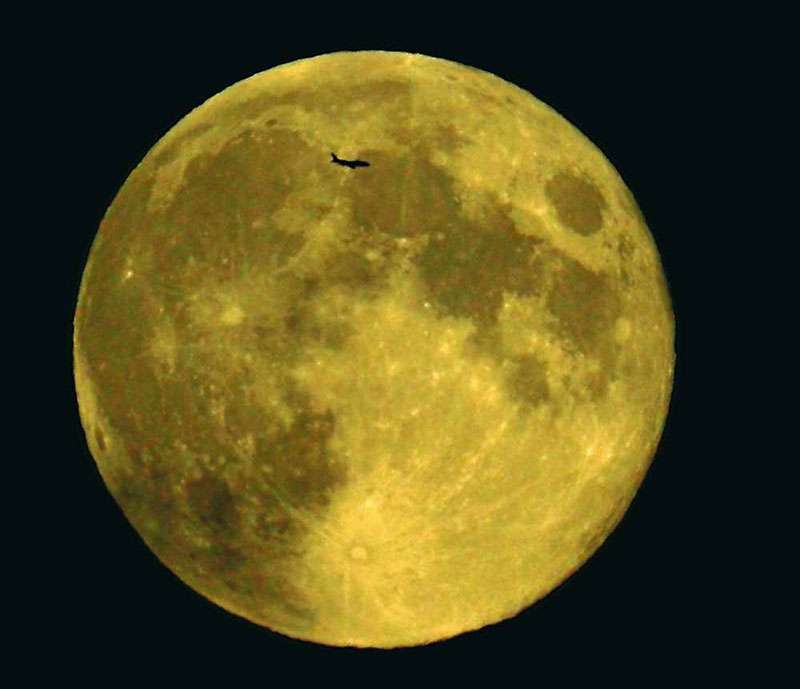You are using an out of date browser. It may not display this or other websites correctly.
You should upgrade or use an alternative browser.
You should upgrade or use an alternative browser.
*** The Official Astronomy & Universe Thread ***
- Thread starter PermaBanned
- Start date
More options
Thread starter's postsI have put off buying a new scope until later in the year now, didn't want to rush out and buy any old scope, gives me plenty of time to save for a really good one which i will appreciate and have lots of fun next winter
Good thinking, what are you after?
I just received a 10mm TV Delos eyepiece, haven't tried it yet ,
What winds me up is all these meteors that supposedly hit all the planets and moons etc millions of years ago... Yet now, not a thing! How can that happen? Surely we should still be getting hit?
We do get hit, all the time, luckily they are all small, but if something big comes along then we're in trouble.
Stargazing Live is back on Tuesday 7th January at 20:00 on BBC 2:
http://www.bbc.co.uk/programmes/b019h4g8

Look forward to this every year, Brian Cox <3
Good thinking, what are you after?
I just received a 10mm TV Delos eyepiece, haven't tried it yet ,
Something along these lines

http://www.firstlightoptics.com/advanced-vx-goto/celestron-c8-edge-hd-vx-goto.html
Something along these lines
http://www.firstlightoptics.com/advanced-vx-goto/celestron-c8-edge-hd-vx-goto.html
Very nice, I had a 12" Meade lX90, goto worked well and it was transportable, the 2nd hand market has lots of scopes? You may get a bargain...
Stargazing Live is back on Tuesday 7th January at 20:00 on BBC 2:
http://www.bbc.co.uk/programmes/b019h4g8

Just told the Mrs this is on, i said the telly is mine from 8pm-10pm for 4 days, should have seen her face

4 days or 3?
It's 3 days this week.

This stunning picture of a passenger aircraft flying across a full moon was the result of a piece of lucky timing for Shropshire photographer Jonathan Hughes.
“I was out in the back garden and had put my camera on to a telescope,” he said.
Mr Hughes sent the photo to Star Witness, Shropshirestar.com's showcase for reader photos, where contributers are in for a £100 monthly prize. For more details visit shropshirestar.com/starwitness
http://www.shropshirestar.com/news/2014/01/06/star-witness-stunning-shot-of-plane-on-the-moon/
Plus i said 8pm-10pm epic fail on me then

I also noticed the series link option (for Stargazing Live) on Sky failed to record other episodes! They all had to be selected and recorded individually - So be careful!
This sequence from the X-ray Telescope aboard NASA's Swift shows changes in the central region of the Milky Way galaxy from 2006 through 2013. Watch for flares from binary systems containing a neutron star or black hole and the changing brightness of Sgr A* (center), the galaxy's monster black hole
'Orbit: Earth's Extraordinary Journey' 4am 9th jan
Right now you're hurtling around the sun at 64,000 miles an hour (100,000 kms an hour). In the next year you'll travel 584 million miles, to end up back where you started.
Presenters Kate Humble and Dr Helen Czerski follow the Earth's voyage around the sun for one complete orbit, to witness the astonishing consequences this journey has for us all.
It seems it's been on before but I've never seen it.
http://www.bbc.co.uk/iplayer/episode/b01h8n9m/Orbit_Earths_Extraordinary_Journey/
Right now you're hurtling around the sun at 64,000 miles an hour (100,000 kms an hour). In the next year you'll travel 584 million miles, to end up back where you started.
Presenters Kate Humble and Dr Helen Czerski follow the Earth's voyage around the sun for one complete orbit, to witness the astonishing consequences this journey has for us all.
It seems it's been on before but I've never seen it.
http://www.bbc.co.uk/iplayer/episode/b01h8n9m/Orbit_Earths_Extraordinary_Journey/
Associate
- Joined
- 6 Dec 2002
- Posts
- 2,379
- Location
- Leeds
Gemini Planetry Imager/
I'd not heard about this, but it sounds like great progress is being made in exoplanet photography. I'm looking forward to seeing more great images.
This should really help better our understanding of solar system formation.
I'd not heard about this, but it sounds like great progress is being made in exoplanet photography. I'm looking forward to seeing more great images.
This should really help better our understanding of solar system formation.
Gemini Planetry Imager/
I'd not heard about this, but it sounds like great progress is being made in exoplanet photography. I'm looking forward to seeing more great images.
This should really help better our understanding of solar system formation.
Wow! Wow! And wow! Wouldn't have believed this sort of thing was possible!
Beginning with a wide view, this video zooms in through ground-based imagery to the Hubble and Magellan composite image of Messier 83, ending on Hubble's view. Messier 83 is a barred spiral galaxy that has hosted a remarkable number of supernova explosions, and appears to have a double nucleus at its core.


